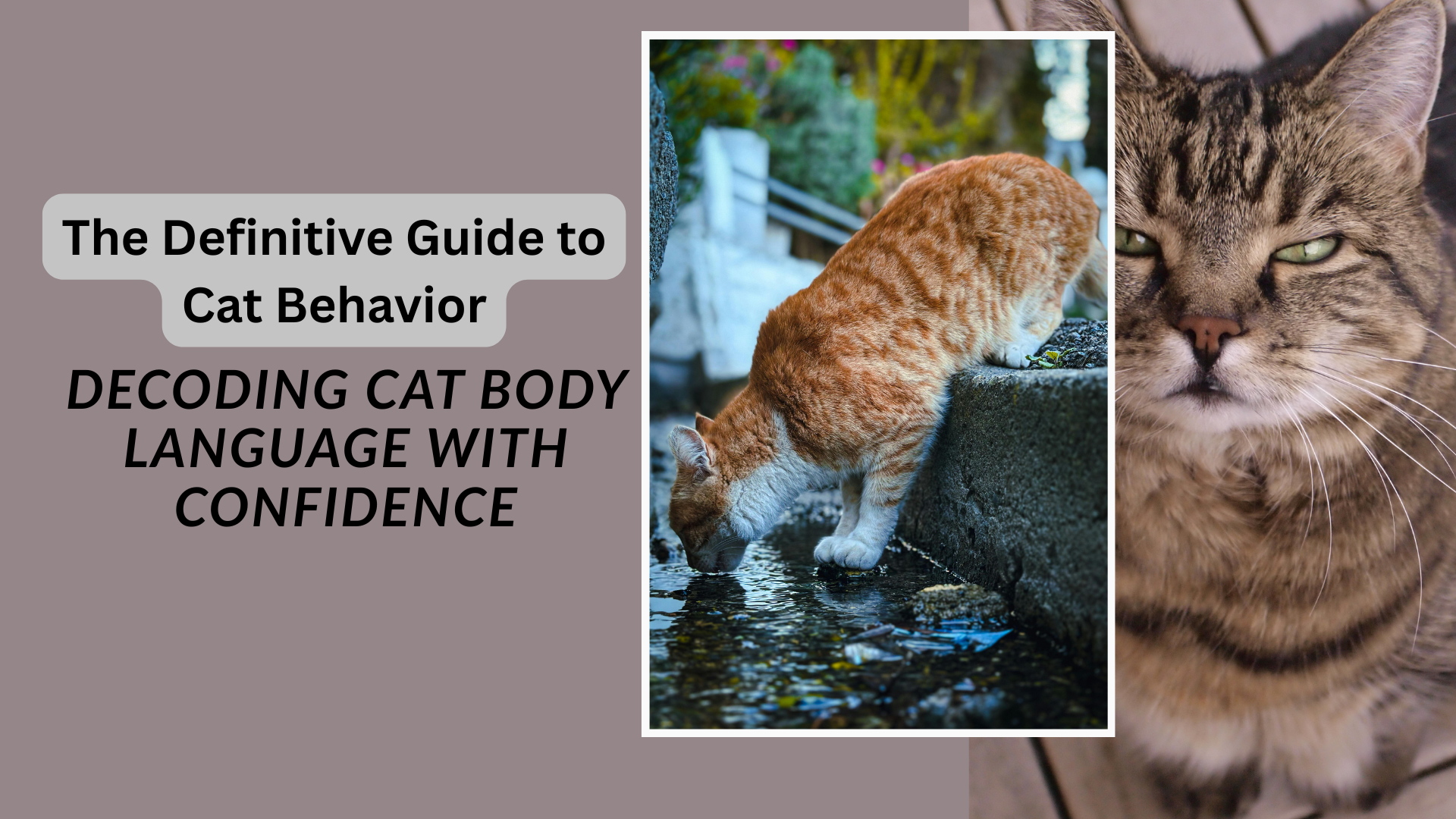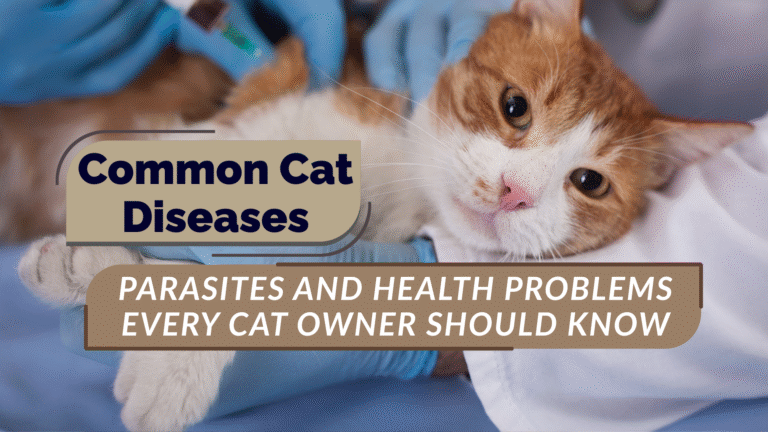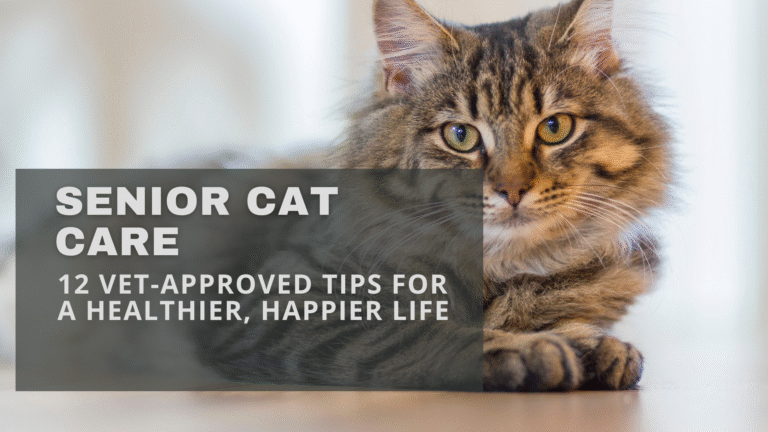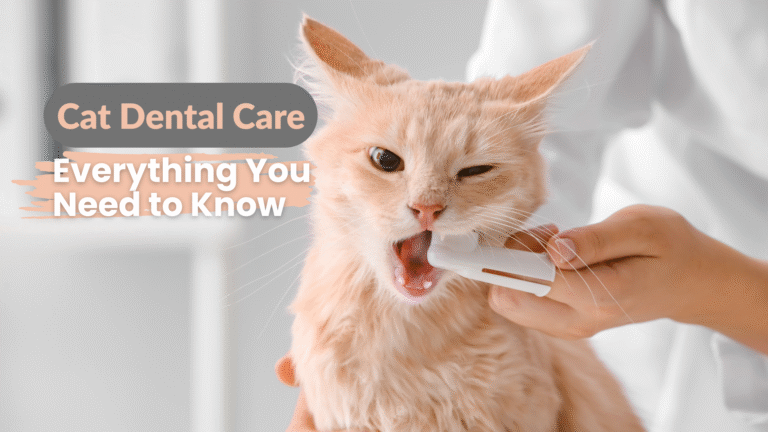The Definitive Guide to Cat Behavior: Decoding Cat Body Language with Confidence
Let’s be realistic cats are enigmatic. They’re purring in your lap one minute, and swatting your hand away with a scowl the next. Does this sound familiar?
As an old cat mom and animal behavior fan, I’ve discovered that cats aren’t being “moody” they’re misunderstood. Their communication is not verbal it’s all body language, subtle cues, and behavioral signals. If you’ve ever wondered, “Why is my cat giving me the stink-eye like I owe them money?” this is for you.
In this post, we’ll demystify cat behavior and body language using real-world examples, stories, and science-backed explanations.
Understanding Cat Behavior: What Drives Your Feline Friend?
Cats are complex creatures, but their behavior boils down to a few core instincts:
-
Territoriality: Cats love having a space they control. This is why they rub their cheeks on your furniture (or you).
-
Predatory Nature: Even domestic cats possess violent hunting instincts. That 3 AM zoomies playtime? Yeah, it’s training for “the hunt.”
-
Routine Lovers: Cats most want to feel secure with regular feeding schedules and well-known environments.
-
Social-but on Their Terms: Some cats are snuggle buddies. Others? Not really. It varies by cat’s temperament and history.
If you wish to know why your cat is doing something, first consider what would be useful to a small solitary predator in nature.
Cat Body Language 101: What Every Tail Flick and Ear Twitch Means
Cat body language is a new language to learn but when you do, it clicks.
1. Tail Talk: What Is Your Cat’s Tail Saying?
The tail is a cat’s mood ring.
| Tail Position | Meaning |
|---|---|
| Straight up, relaxed tip | Friendly and happy to see you |
| Puffed up like a bottle brush | Scared or startled |
| Low and tucked | Anxious or submissive |
| Flicking rapidly | Annoyed or overstimulated |
| Slow swishing | Focused or curious |
Example: If your cat’s tail is twitching at the tip as they’re observing birds outside, they’re hunting mode. Don’t disturb it’s business as usual.
2. Ears, Eyes, and Whiskers – Oh My!
-
Ears forward: Interested or curious
-
Ears flattened sideways: Overstimulated or defensive
-
Ears back: Frightened or angry
-
Slow blinking eyes: A sign of trust (try slow-blinking back!)
-
Dilated pupils: Excitement, fear, or playtime
-
Whiskers forward: On alert or focusing on prey
Mini-story: My tabby, Olive, always slow blinks before curling up on my chest. It’s her way of saying “I feel safe with you.” Try slow-blinking at your cat they might just respond!
3. Posture and Positioning: The Big Picture
-
Loaf Position (paws tucked): Relaxed and content
-
Crouched with tail wrapped tightly: Anxious or Interested in evaluating threat
-
Lying belly-up: Trusting but not necessarily an invitation to pet!
-
Arched back with fur standing: Traditional frightened kitty
Common Cat Behaviors and What They Actually Mean
Cats aren’t just sitting around being cute they’re always communicating.
Kneading (“Making Biscuits”)
What it means: Comfort from kitten years. It’s a signal your cat views you as “home.”
Purring
-
Soft purrs: Contentment, particularly when being petted.
-
Loud or urgent purrs: Could mean stress, pain, or attention-seeking.
Zoomies (Sudden Bursts of Energy)
Why it happens: Pent-up energy from sleeping all day or the urge to “hunt” instinctively.
Scent Marking
-
Cheek rubbing, headbutting = ownership and bonding.
-
Urine spraying = marking territory, usually from stress or other animals.
How Do I Read My Cat’s Body Language to Understand Its Mood?
Let’s go through an example scenario.
Scenario: You’re petting your cat on the couch.
-
Tail starts to flick side to side – this is a subtle signal: “I’m reaching my limit.”
-
Ears shift backward slightly – they’re getting overstimulated.
-
Pupils dilate – attention or tension increasing.
Best Move? Cease petting and leave them alone. If you don’t catch the signs, you might receive a swat (not of anger, simply communication).
Pro tip: Observe for patterns. All cats have individual thresholds. The more you watch, the more conversant you’ll be.
How to Strengthen Your Bond Using Cat Behavior Cues
Learning about behavior is more than preventing scratches it’s about connecting.
This is how to apply knowledge:
-
Respect signals: End interactions when they express unease.
-
Use slow blinking to build trust.
-
Let them initiate contact: Particularly for timid or unfamiliar cats.
-
Play in short bursts: Imitate hunting with toys such as feather wands or laser pointers.
-
Create safe zones: High surfaces, quiet areas, and snuggly hideaways.
Table: Quick Guide to Cat Behavior Signals
| Behavior or Cue | Meaning | Action for You |
|---|---|---|
| Tail flicking | Irritated or overstimulated | Pause interaction |
| Belly exposed | Trust – not always an invite to pet | Proceed carefully |
| Slow blink | Affection or relaxation | Return the blink |
| Ear twitching backwards | Discomfort or annoyance | Give space |
| Kneading your lap | Love and comfort | Enjoy the biscuits! |
FAQ: Answering Your Cat Curiosity
1. Why does my cat purr when it’s at the vet?
Sometimes purring is a calming behavior. It’s not always about happiness.
2. My cat hides from guests – is this normal?
Yes. Cats are territorial and may not enjoy new smells or noises.
3. Is it true cats don’t love their owners?
No. Cats simply express love differently than dogs through proximity, scent marking, and grooming.
4. Why does my cat follow me to the bathroom?
Because you’re part of their “colony” and they’re curious plus, closed doors are suspicious!
5. What’s the meaning behind my cat’s “chirping” sound?
Usually excitement or frustration when watching prey (like birds through a window).
6. Can cats get overstimulated from petting?
Yes! Even cats who love affection can become overstimulated. Watch for tail flicks and ear changes.
Final Thoughts: Learning Cat Behavior Builds Trust
Learning your cat’s behavior is the key to establishing a more powerful, more respectful relationship. It’s not merely about staying out of the way of scratches and miscommunication it’s about understanding the world from your cat’s perspective.
If you learn to read their cues, you’ll discover a newfound respect for your feline pal quirks and all. It’s like learning a secret language, and once you “get” your cat, everything is different.







